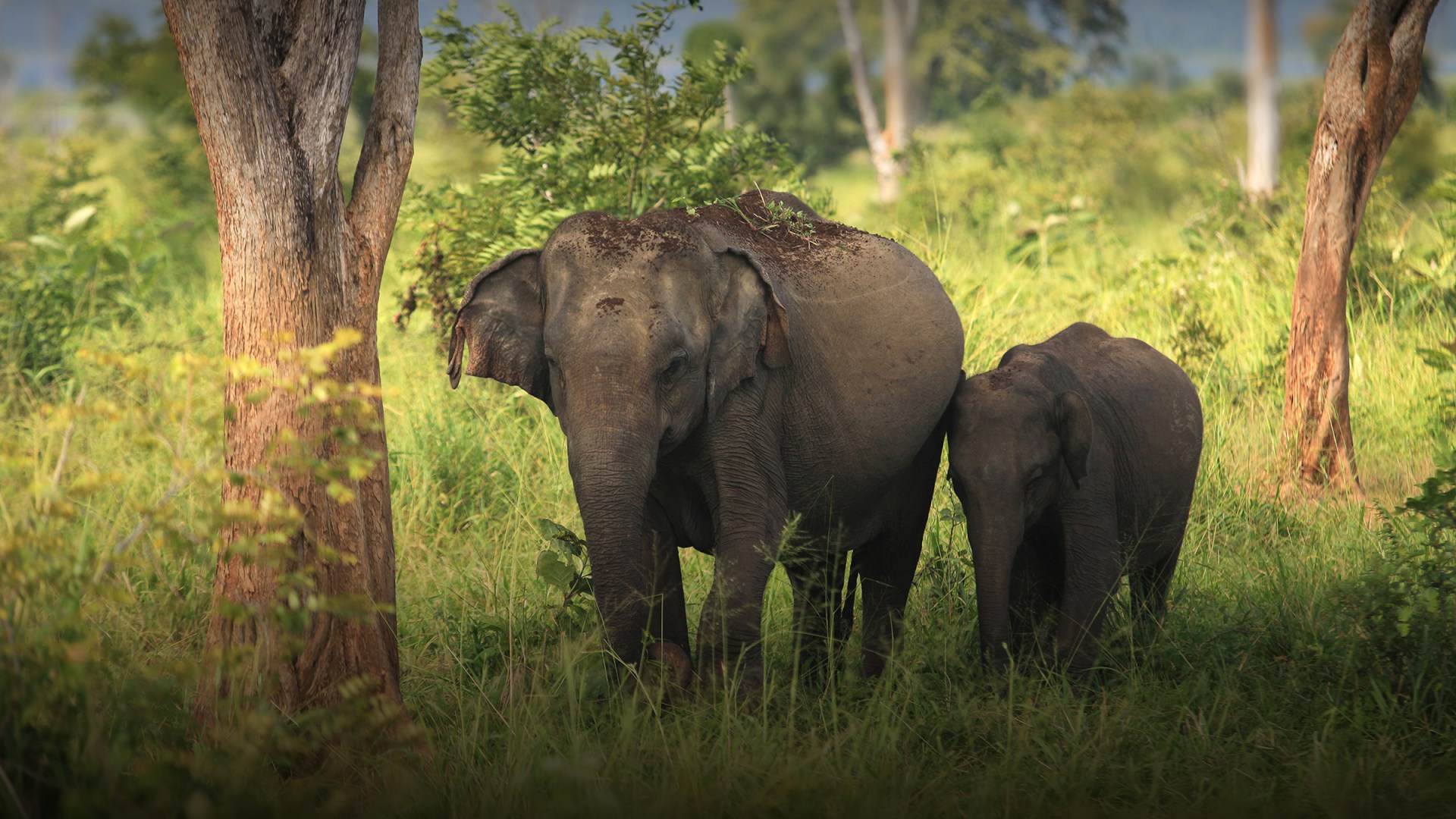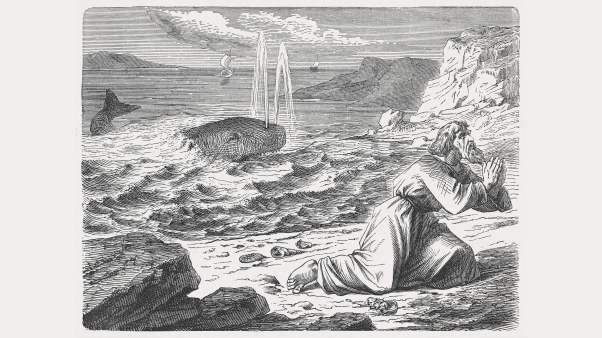As we worked on this issue, Lytton John Musselman (“The World’s Strangest Plant”) introduced me to “plant blindness.” Coined by James Wandersee and Elizabeth Schussler in 1998, the idea is that we don’t notice—or even see—the botanical aspects of our environment. Ask us to describe a photo and we’ll always say it’s of two elephants; rarely will we say it’s of a hardwood forest.
“Animals move and plants don’t is a mantra I hear among students,” Musselman told me. “They have to be taught that plants move, sometimes in milliseconds; their movements are just more subtle and nuanced.”
With the specific organism Musselman describes in this issue, perhaps our blindness can be forgiven—it’s a hard plant to get to and a hard plant to find! But he got me thinking about how hard it can be to see what’s happening around us, even when we want to. Joanna Daigle’s article on Yellowstone wolves hits a similar theme: We’re aware of their prey, but don’t think much about all the other parts of creation they contribute to. Meanwhile, Jared Wilson’s reflection on Christ’s new earth reminds us that the coming kingdom isn’t so hidden that we can’t see it; there are displays of it all around us. Even in those crazy plants I never knew about and those fearsome wolves.










